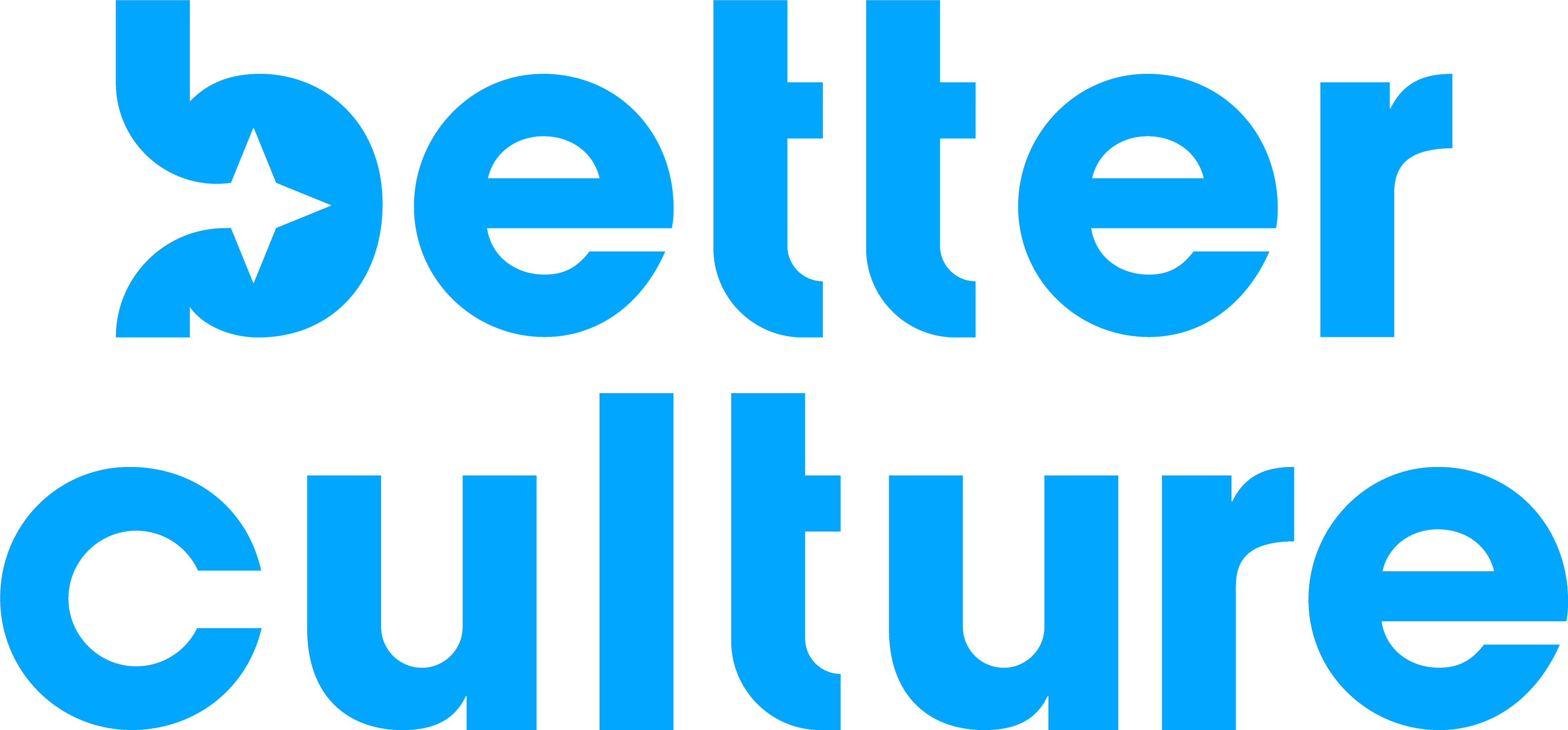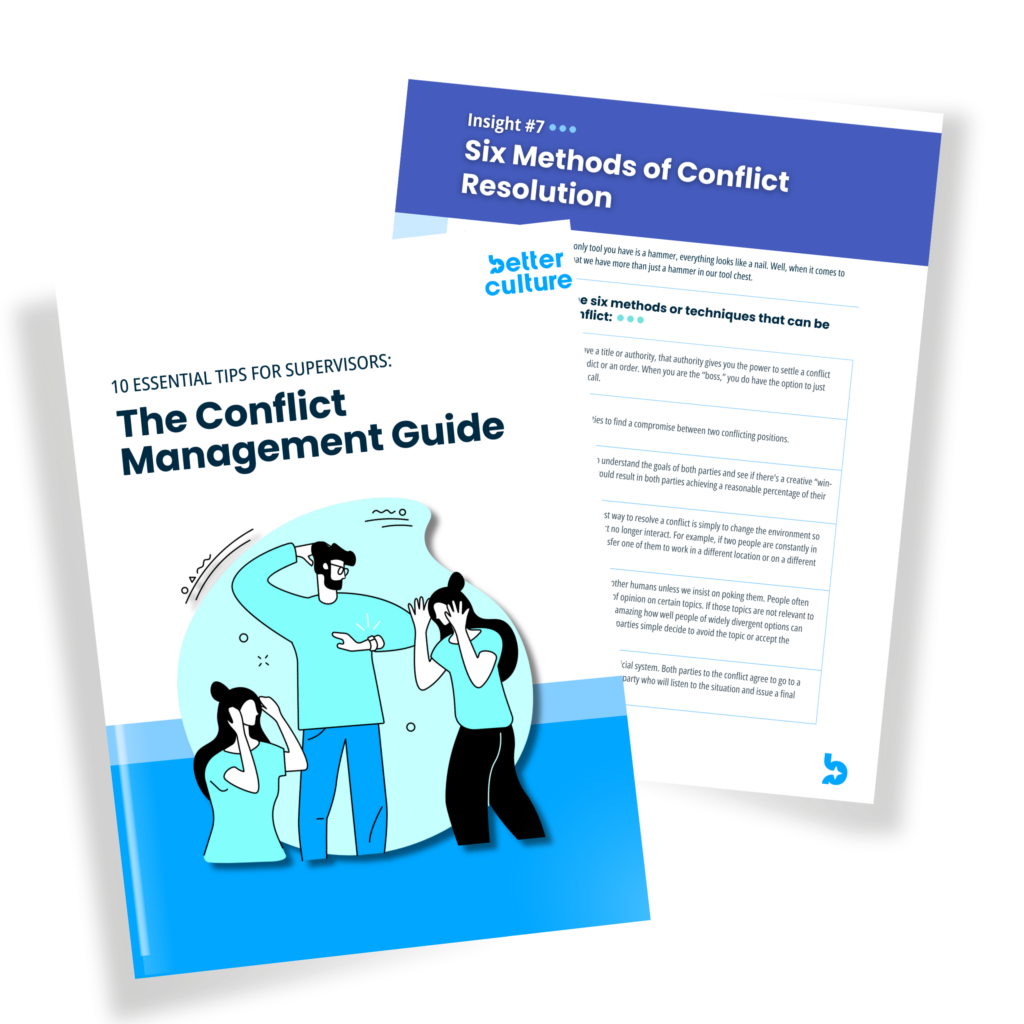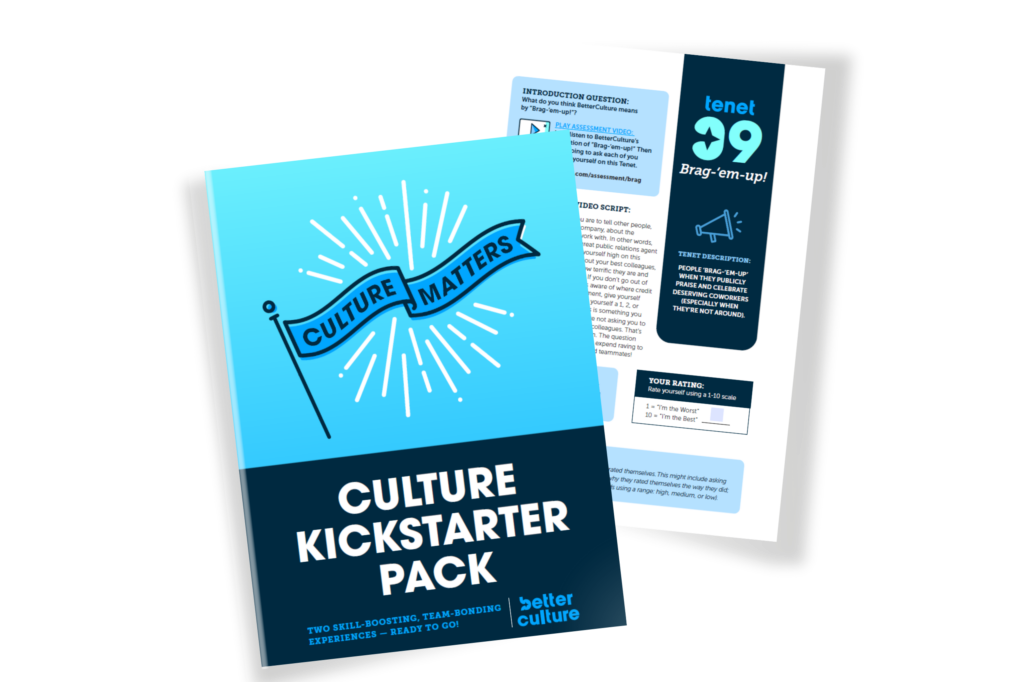For years, the dominant wisdom in business has been that “culture starts at the top.” It’s a phrase that’s often repeated—and for good reason. Senior leaders do play a critical role in shaping the direction and tone of an organization’s culture.
But here’s the truth that often gets overlooked:
Culture doesn’t become real because a CEO announces it. It becomes real when employees across the organization live it.
And that’s where many well-intentioned culture efforts fall short. They’re heavy on messaging from leadership and light on ownership from the front lines. They’re built top-down—with too little thought for how culture is experienced and enacted from the bottom up.
At BetterCulture, we believe the strongest, most sustainable workplace cultures are co-authored—not dictated. They emerge when people at every level take ownership of their environment, model the right behaviors, and support one another in building something better.
If you want to create a culture that sticks, you don’t need more slogans from senior leadership.
You need to activate your people.
You need to build culture from the ground up.
The False Binary: Top-Down vs. Bottom-Up
Many organizations see culture-building as an either/or proposition:
- Either it’s a strategic initiative led by executives…
- Or it’s an organic, grassroots movement among employees.
But this binary thinking misses the point.
Top-down leadership is necessary. Leaders must cast vision, set standards, and allocate resources.
But bottom-up ownership is what breathes life into those efforts.
Culture that is only defined from the top can quickly become culture theater—where the right words are said in presentations and posters, but day-to-day behaviors don’t match.
Bottom-up culture, in contrast, taps into the power of the collective. It turns culture from something people observe into something they do.
“Culture isn’t what your leaders say it is. It’s what your people do when no one’s watching.”
The Business Case for Building Culture from the Bottom Up
Building culture from the bottom up isn’t just a people-first philosophy—it’s a smarter business strategy. Organizations that empower their people to own and shape the culture see stronger alignment, better decision-making, and more scalable results. Here’s why this approach works:
Ownership = Commitment
People are more likely to protect and uphold what they’ve helped build. Bottom-up involvement builds buy-in.
Consistency Through Peers
Thousands of micro-behaviors—not a few top-down messages—define the real culture. When everyone owns the standard, consistency follows.
Scales Without Bottlenecks
Top-down programs are limited by bandwidth. Peer-led behavior spreads faster, sticks better, and travels farther.
Builds Trust and Safety
When employees are trusted to shape the culture, they return that trust by contributing more openly and authentically.
Bottom-up culture doesn’t replace leadership—it multiplies it.
From Insight to Action: Six Essential Steps to Build Bottom-Up Culture
Before we explain the six steps, it’s important to remember a foundational truth about culture.
“Culture is nothing more than the attitudes and behaviors your employees bring to work every day. If you want to improve your culture, you’ve got to identify and influence your desired employee behaviors.”
– Dr. Kim Hoogeveen, BetterCulture Founder
So how do you operationalize culture building from the bottom up?
You create conditions that empower employees to reflect, grow, and act. Based on our work with organizations across industries, there are 2 major meta-components to building a Bottom-up Culture:
PART 1: IDENTIFY the culture you want (Step 1 below)
PART 2: INFLUENCE the culture through intentional action (Steps 2–6 below)
Here are the six essential steps for operationalizing what we call the “Behavior Blueprint”:
Step 1: Identify the Right Behaviors (IDENTIFY)
You can’t scale what you can’t name.
Define the specific, observable behaviors that reflect the culture you want to build. Without clarity, culture change is guesswork.
Step 2: Communicate and Get Buy-In (INFLUENCE)
Sell the “why” behind the behaviors. Help people connect these actions to team success, business impact, and their own personal achievement. When people believe in the behaviors, they’re more likely to live them.
Step 3: Create Opportunities for Self-Reflection
Employees should have the opportunity to assess their own behaviors and contributions to the culture and how they align with the desired behaviors. Where are they strong? Where could they grow? Where are they stuck in old patterns?
Self-assessment opens the door for personal accountability and growth.
Step 4: Learn, Practice and Apply
Give people structured opportunities to grow through short video lessons, team discussions, peer recognition, reflective exercises, coaching conversations, and role-play scenarios. There are countless ways to help employees learn, practice, and apply the behaviors that drive a healthy culture—what matters most is making growth a regular part of the rhythm of work.
Step 5: Reinforce and Recognize
Culture doesn’t stick because of one-time trainings. It sticks when people practice new behaviors regularly—and get reinforced through feedback, recognition, and accountability.
Whether in team meetings, 1:1s, or daily operations, every moment is a chance to live the culture—and to make high standards visible and contagious.
Step 6: Systematize and Scale
Embed the desired behaviors into rituals, systems, and leadership rhythms—so they stick naturally and scale sustainably, without constant oversight.
From Concept to Action: How BetterCulture’s 20 Tenets Help Organizations Build Bottom-Up Culture
Many organizations struggle to translate cultural values into daily behaviors. They know what they want the culture to feel like, but they lack a structured, scalable way to bring it to life across the organization.
That’s why we built the 20 Tenets of Culture—not as a training course or a motivational poster, but as a comprehensive solution that helps companies operationalize culture from the ground up.
The 20 Tenets is three things in one:
- A bottom-up philosophy. It defines how culture should be built—by activating the behaviors of people across every level of the organization.
- A toolkit for leaders and teams. The Tenets give managers and culture champions practical tools to strengthen team dynamics and individual development.
- A scalable, software-powered system. For organizations ready to fully commit, the 20 Tenets platform helps automate culture-building at scale—lightening the load on HR, training departments, and busy leaders.
When we created the 20 Tenets, it wasn’t just to give leaders a new toolkit.
It was to equip entire teams—from the frontlines to the boardroom—with a practical way to build culture together.
Each of the 20 Tenets is a behavior, not a buzzword. For example, one Tenet challenges employees to “Assume Positive Intent”—prompting trust, self-reflection, and reducing unnecessary conflict by granting colleagues the benefit of the doubt.
All 20 of our Tenets are designed to be:
- Easy to teach
- Simple to discuss
- Proven to drive individual performance and team effectiveness
- Scalable across teams
The Tenets offer the shared language, clarity, and structure that bottom-up culture requires. And when embedded into the rhythm of an organization, they become more than a training program—they become a new operating system for how people work and lead.
Learn more about the 20 Tenets of Culture here.
Bottom-Up Culture in Action
Here’s what bottom-up culture might look like in practice:
- A warehouse team starts each morning reviewing a Tenet and identifying how to model it on the floor.
- A mid-level manager recognizes a team member who lived out a Tenet that week during a tough client interaction.
- A cross-functional team uses shared cultural language to navigate conflict and rebuild trust.
This is culture in motion—not an HR initiative, but a company-wide movement.
A New Definition of Leadership
Bottom-up culture doesn’t mean leaders step back. It means they show up differently.
Great leaders don’t just set the standard—they enable others to live it.
They empower their people to lead without a title. They coach, they listen, and they invest in peer-led moments of culture reinforcement.
In a bottom-up culture, everyone is a leader—because everyone is a culture builder.
Conclusion: The Future Is Bottom-Up
The best workplace cultures of tomorrow won’t be the ones with the flashiest slogans or most ostentatious perks.
They’ll be the ones where every employee knows what the culture means, believes in it, and lives it—together.
Top-down efforts matter. But they only take you so far.
The real power of culture is unlocked when you build it from the ground up.
Want to see what bottom-up culture building looks like in action?




